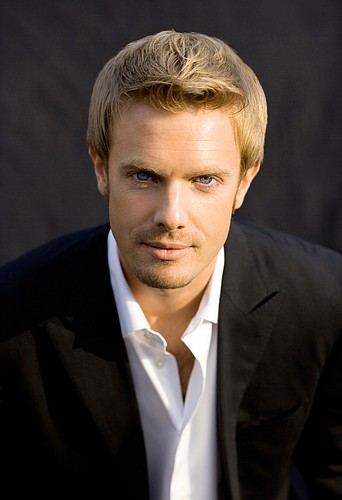- April 23, 2024
-
-
Loading

Loading

The Sarasota Orchestra and guest conductor, Peter Bay, offered a program of two blockbusters from a pair of countries that could be called the cornerstone blocs of the East and the West: Russia and America. In one corner — out of Russia and appearing as the heavyweight champion of the East — Pyotr Tchaikovsky. And representing the West — America’s all-time heavyweight champ — Aaron Copland.
A great admirer of both musical champions, I’d forgotten how much I loved Tchaikovsky’s B-flat Minor Piano Concerto and Copland’s spectacular, no, make that brilliant, Third Symphony.
It was the first piano concerto that raised Van Cliburn to prominence in 1958 at the Tchaikovsky Competition in Moscow, and it’s hard to hear that piece without picturing the tall, lanky Texan who won hearts around the world. Andrew von Oeyen, the soloist with the Sarasota Orchestra, is another long, lanky pianist with hands as big as Texas and technical skills and musicality to match. He and Bay offered a particularly satisfying performance with the Orchestra — especially the strings and winds — showing they could match their mastery of the work with major orchestras in this country and abroad. The rich cello solo in the slow movement was particularly beautiful, and the more than 30-minute work seemed to pass more quickly than a blink.
But, for me, it was the Copland that made the concert memorable. It’s been a while since I’ve heard it live and, not since the New York Philharmonic played it on a program with two other “Thirds” — William Schuman’s and the one by Roy Harris — have I heard it played this well. Bay led what I’d call an erudite performance, always allowing the music to breathe and always going beneath the score to bring out what the composer intended.
Of course, there’s the famous “Fanfare for the Common Man,” which Copland wrote about four years before he turned to this symphony and incorporated into its fourth movement with such skill it still sends shivers up my spine. It’s a brilliant work, and it was given a brilliant performance by the orchestra’s outstanding brass section, which really got a workout, and Bay, who kept everything in balance even though this is one of the loudest pieces, overall, I can think of.
Copland managed to use his distinctive mid-20th century musical language to paint classical music in the American tongue we’ve come to associate with this country. Open fourths and fifth predominate the landscape, sounding like the great outdoors and Rockies, while rhythms are syncopated in ways that paint portraits of our great cities: New York, Los Angeles and Chicago. Hear Copland’s Third and you know you’re not in Europe any more. And hearing it played by the Sarasota Orchestra musicians so stylistically right, so brashly American, you knew you were in the presence of a truly excellent ensemble.